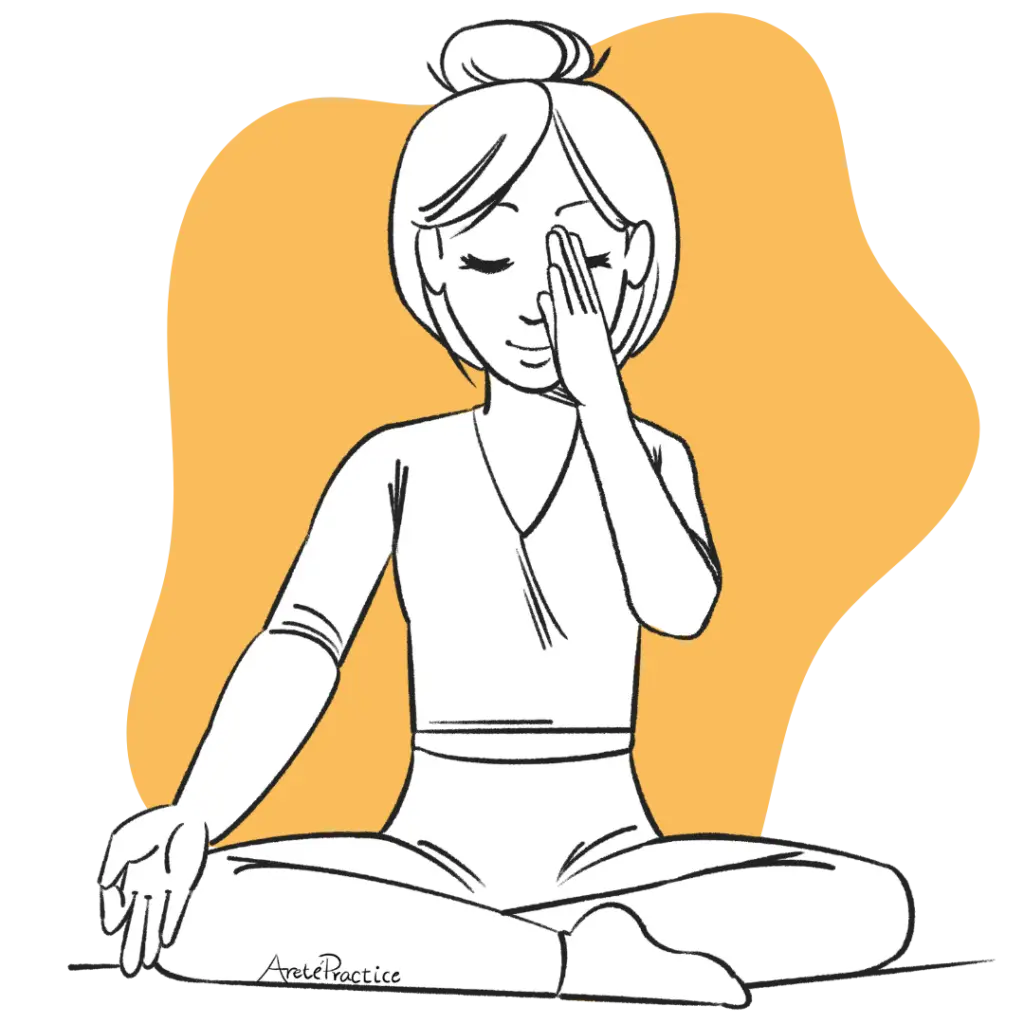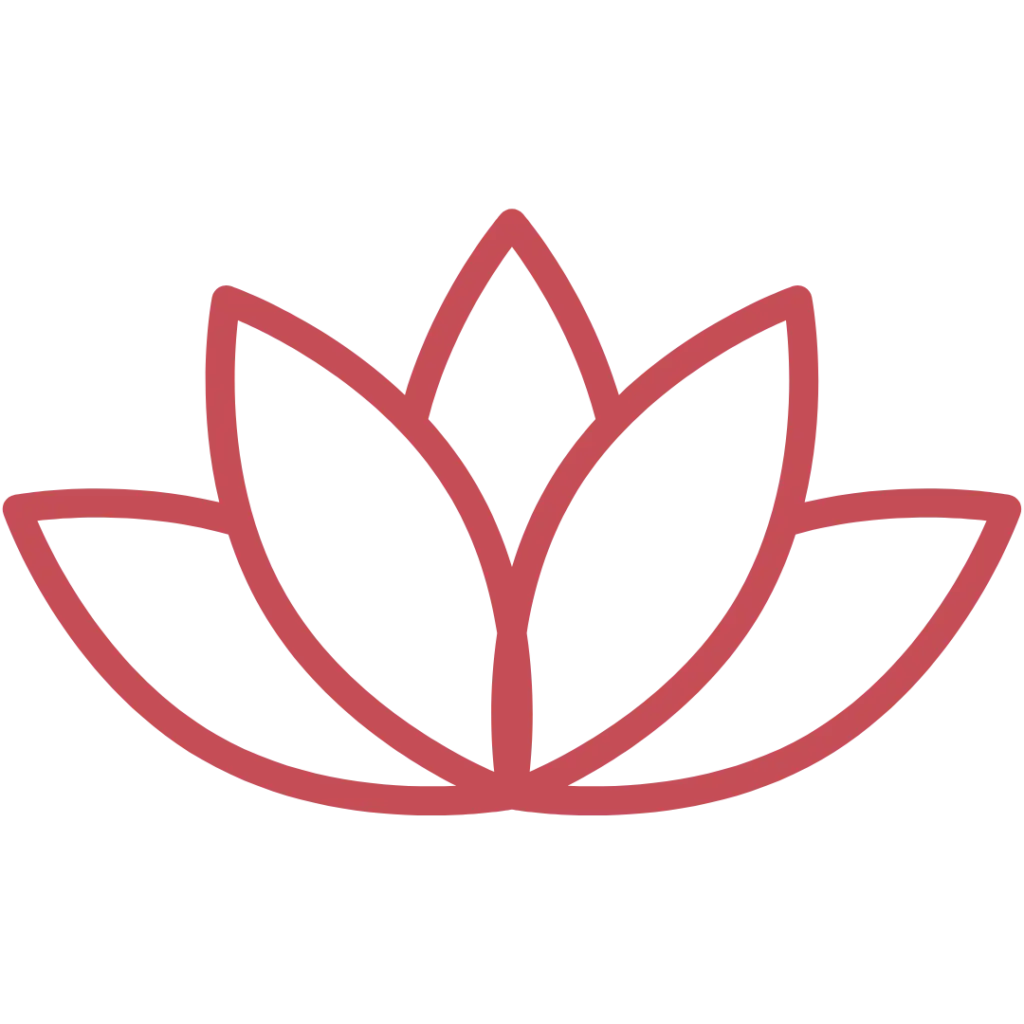Share this article:

"Breath is central to all yoga practices. It is the thread that ties all the beads of yoga together."
~ T.K.V. Desikachar ~
Pranayama, or the practice of controlling the breath, is a main component of all yoga lineages. In Sanskrit, “prana” means life energy and “yama” means control. The practice of pranayama involves breathing in certain patterns and lengths to generate both physiological and energetic changes in the system.
As mentioned in Yoga Sutras of Patanjali sutra 1:34: "The mind becomes steady and tranquil through the practice of breath control (pranayama) when the fluctuations of the breath are under control." By consciously regulating the breath and its profound impact on the nervous system, pranayama works to harmonize the body’s vital energies and align mind, body and spirit.
Have you ever noticed how your breath changes with your emotions? How the rhythm of your breath changes when you’re afraid, sad or happy. Everything you do affects and is affected by the breath. Due to the intimate connection between your nervous system and your respiratory system via the vagus nerve, not only can your emotions influence your breath, but by regulating your breath you can influence your emotions. This connection enables you to consciously create the states you want through your breath. By breathing slowly or rapidly you use the diaphragm to massage and activate the vagus nerve. This creates a coordinated feedback loop in the body between the organs, nerves and brain which allows for stress relief, healthier digestion, and lowering of blood pressure or energy and activation to meet life’s challenges.
"When the breath is unsteady, all is unsteady; when the breath is still, all is still. Control the breath carefully. Inhalation gives strength and a controlled body; retention gives steadiness of mind and longevity; exhalation purifies body and spirit."
~ Verse 2.15 Hatha Yoga Pradipika ~
There are infinite variations of pranayamas. To understand these pranayamas and their effects, understand how the different aspects of pranayama directly affect your nervous system. Breathing through the nose versus the mouth, or emphasizing the inhale versus the exhale have different impacts on the nervous system. Aspects of the breath that affect our nervous system are:
Breath is not just a simple inhale and exhale. There are actually 3 parts to the breath, the obvious inhale and exhale, and then the subtle shift when we move from inhale to exhale and vice versa. The yogis had names for each part of this cycle and also outlined their effects on your nervous system:

You will also encounter meditations that ask you to put more emphasis on one of these three parts. For example, you might find a meditation that directs to inhale in eight counts and exhale in one or another meditation might say inhale in 20 seconds, retain the breath for 20 seconds, and exhale for 20 seconds. Emphasizing different parts of the breath stimulates different parts of the nervous system.
Another aspect of the breath that stimulates either the parasympathetic or sympathetic nervous system is nostril breathing. There are a lot of meditations where you inhale through one nostril or another, or in a particular pattern of alternation. Yogis realized that breathing through the left nostril stimulates the Ida Nadi which in turn stimulates the parasympathetic nervous system. If you breathe through the right nostril you stimulate the Pingala nadi, which in turn stimulates the sympathetic nervous system.
You may notice throughout the day what your energy patterns are and which nostril is dominant. For example, when you feel yourself having a sleepy moment during an afternoon meeting, put your hand under your nose and see if there is more air coming out of the left nostril as you exhale. If there is, your left nostril is dominant and stimulating your parasympathetic nervous system. If you want to be more alert, you can try to breathe through the right nostril instead. Look for the correlation as you continue to experiment with left/right nostril breathing.
A quick way to fall asleep is to cover the right nostril and breathe long and deep through the left side of the nostril. If you need a quick burst of energy you can actually get it by covering the left nostril and breathing only through the right.

It is also important to understand the differences between breathing through the mouth and the nose. Breathing through the nose has unique effects. The nasal passages filter and humidify the air, warming it before it reaches the lungs. This process helps protect the respiratory system and improve oxygen absorption. Additionally, nasal breathing stimulates the parasympathetic nervous system, promoting a state of relaxation and calm.
Mouth breathing provides a critical survival mechanism. In times of stress or survival, such as running away from an attacker, your mouth opens up instinctively to support you in taking massive, deep breaths. As a yogi, you can use this to your advantage. For example, if something shocking or upsetting happens and you can’t focus or feel overwhelmed, take a few big deep breaths through your mouth to self-regulate and release the stress. When you understand these differences you can work with yourself to practice different pranayamas, to feel into and have an experience of their effects on the nervous system.
Certain pranayama practices indicate breathing through the mouth in particular ways. When this occurs, it usually means that meditation works on the nervous system. For example: Sitali Pranayama helps create a cooling, soothing effect, or Lion’s Breath energizes and detoxes the body. If the exercise or meditation does not outline breathing through the mouth, always default to breathing through the nose.
As you can see, pranayamas can be combined in an infinite number of ways. As a starting point, Arete has compiled a list of the basic pranayamas of Kundalini Yoga. Begin mastering these pranayamas first, as these are the most common in yoga practice.
If you want to practice different pranayamas, you can also visit the section of practice on our website and filter the practices by pranayama.

Are just starting a personal yoga practice and do not know where to start? Explore this section of our website where it will walk you step by step on how to get started!

Amrit Kaur Ramos is the founder of Areté and a Kundalini Yoga instructor with over 20 years of experience guiding students through the transformative practice of Kundalini Yoga. She is also a dedicated women’s circle leader, with over 10 years of experience creating sacred spaces for women to connect, heal, and empower each other. Amrit Kaur brings a wealth of wisdom and compassion to her teaching, inspiring others to awaken their true potential and live authentically.
Follow us on social media for daily inspiration, free resources, and community updates. Find us on Instagram, Facebook, YouTube, and LinkedIn.
Copyright 2024 © Areté. All Rights Reserved.

Fill out the form below, and we will be in touch shortly.